Having recently completed Charles J. Hanley’s Ghost Flames / Life & Death in a Hidden War / Korea 1950−1953, I decided to embark on this day trip to a couple of towns in the eastern reaches of Gyeonggi Province. A bus ride, a subway ride and a taxi ride were all it took to bring me to Jipyeong. The name reverberates for those who fought in the Korean War, lived through it or have studied it. A rather remarkable military encounter took place there just over 70 years ago.
Three monuments reposed and a row of flags flew outside a modern and well-organized museum. It was devoted to two separate matters, the righteous army that had resisted the colonizing Japanese and the Battle of Jipyeong. As I knew the former well, my attention was directed solely to the latter. I have a friend, Matthew Eom (a tax specialist with a firm grasp of Korean history), who opines that only two events in the Korean War are of equal renown to the Battle of Jipyeong: General Douglas MacArthur’s Incheon Landing (September 1950) and the Battle of Chosin Reservoir (November−December 1950). Matthew may be right; some historians call this the Gettysburg of the Korean War. But why not add one more? The South Koreans, Americans and other allies who stood and fought at the Busan Perimeter (August−September 1950) were no less meritorious.
Before the Chinese crossed the Yalu River in October 1950, Kim Il-sung—whose idea this entire war had been, you remember—had begun to make cautious inquiries about setting up a government-in-exile in Shanghai. They saved his neck. Led by Peng Dehuai, the Chinese seemed to be an unstoppable juggernaut. The UN forces had been driven below the 38th parallel, and Seoul was once again in Communist hands. Peng, Kim and Mao Zedong (with material support from Joseph Stalin) were threatening to take control of the entire peninsula.
The Chinese, however, were suddenly not so fearsome. American and French forces (led by General Paul Freeman and Lieutenant Colonel Ralph Monclar, respectively) inflicted a surprising defeat on them at the Battle of Twin Tunnels on February 1, 1951. Jipyeong, a quiet little village surrounded by low mountains, was not far away, and a victory on a bigger scale took place there between the 13th and 15th. The very same commanders gave direction and inspiration to their men, although Xu Guofu was in charge for the Chinese; Peng had hurried back to Beijing to consult with Mao and Chou Enlai.
This fighting took place amid bitterly cold weather. About 5,000 Americans and Frenchmen faced 10,000 (I have also read 18,000, 25,000 and even 50,000) Chinese soldiers with their ominous bugle calls and blaring horns. It was hellish combat which sometimes devolved into bayonet thrusts and hand-to-hand-fighting. Defeat seemed possible or even likely until 23 tanks under French Colonel Marcel Crombez arrived (only after having survived pitched battles with some enemy bazooka teams) and trained their guns on the Chinese. Discretion being the better part of valor, they withdrew and left thousands of dead bodies in the snow. Not just that, they and their North Korean brothers soon entered into peace negotiations.
Addressing the American Congress a year later, General Matthew Ridgway commended the hardy UN forces who had fought at Jipyeong: “Completely surrounded in near-zero weather, they repelled repeated assaults day and night by vastly superior numbers of Chinese…. I want to say that these American fighting men, with their French comrades-in-arms, measured up in every way to the battle conduct of the finest troops America and France have produced throughout their national existence.”
As for Monclar, Crombez and the Gallic soldiers under them, I can only say, “très bien!” and “merci!”
I lingered around the museum while waiting for a bus to take me to Yongmun, last stop on that branch of the Seoul subway system. Despite the midsummer heat, I paused and looked at the Jipyeong Hyanggyo, a Confucian school founded in 1684 to train elite young men from this area. I was exasperated because the historical plaque out front said nothing about how the Battle of Jipyeong had affected it. Major mayhem took place on all sides, and I feel certain that lots of killing and dying happened there over three days. The place must have been badly torn up—but not a word? I call this very poor historiography.
A Mexican chicken restaurant 150 meters down the road sure looked enticing. Not only was it cool, but the proprietor, a 57-year-old lady named Ms. Lee, gave me a welcoming smile. While there, I ate some nicely seasoned poultry and learned about her fondness for American and European pop songs. The walls of her sikdang (restaurant) were covered with large posters of singers and musicians such as the Bee Gees, ABBA, Leif Garrett, the Carpenters, Audrey Hepburn and Glen Campbell. My favorite part by far was when she got out her smart phone, found a video of Scott McKenzie’s “If You’re Going to San Francisco” and dreamily sang along.
Not only did Ms. Lee refuse to take payment for my chicken dinner, she gave me a brief tour of her house next door with an upstairs noraebang (singing room). She then kindly drove me in her Kia to Yongmun and said goodbye.
I ended up spending as much time there as I had at Jipyeong—walking the streets, going through the town’s market and neighborhoods, inspecting some artsy murals and sitting in an air-conditioned coffee shop. Down the street was a store with a sign out front which said, “Come in, we’re open.” Right below that, however, was a blunt pedophobic message: “No kids.”
Only when I got home did I learn that one month after the Battle of Jipyeong, another big military clash took place on a mountain in Yongmun. The result was quite similar—a resounding Chinese defeat despite their having far more manpower—but the victors this time were South Koreans, led by General Chang Do-yong. (Ten years later, Chang would play a major role in the coup d’etat that put Park Chung-hee in power only to somehow displease the president and be sent into exile in the USA.)
#koreanwar #jipyeong #yongmun #battleofyongmunsan #mathewridgway #marcelcrombez #pengdehuai #douglasmacarthur #incheonlanding #battleofchosinreservoir #busanperimeter #parkchunghee
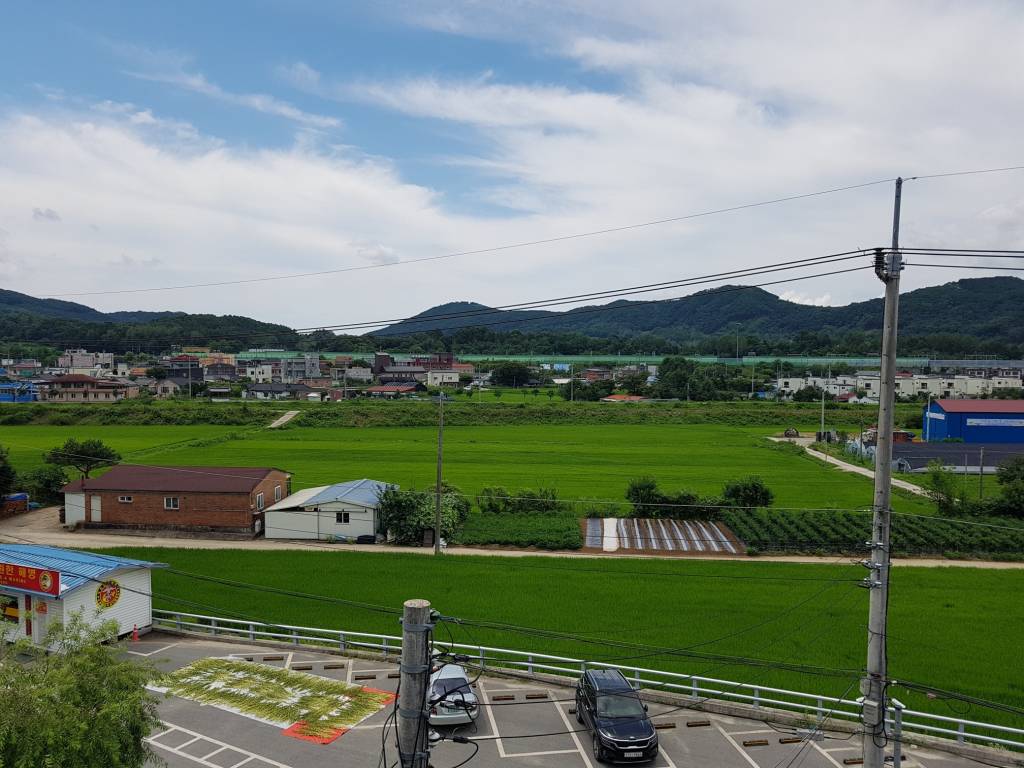
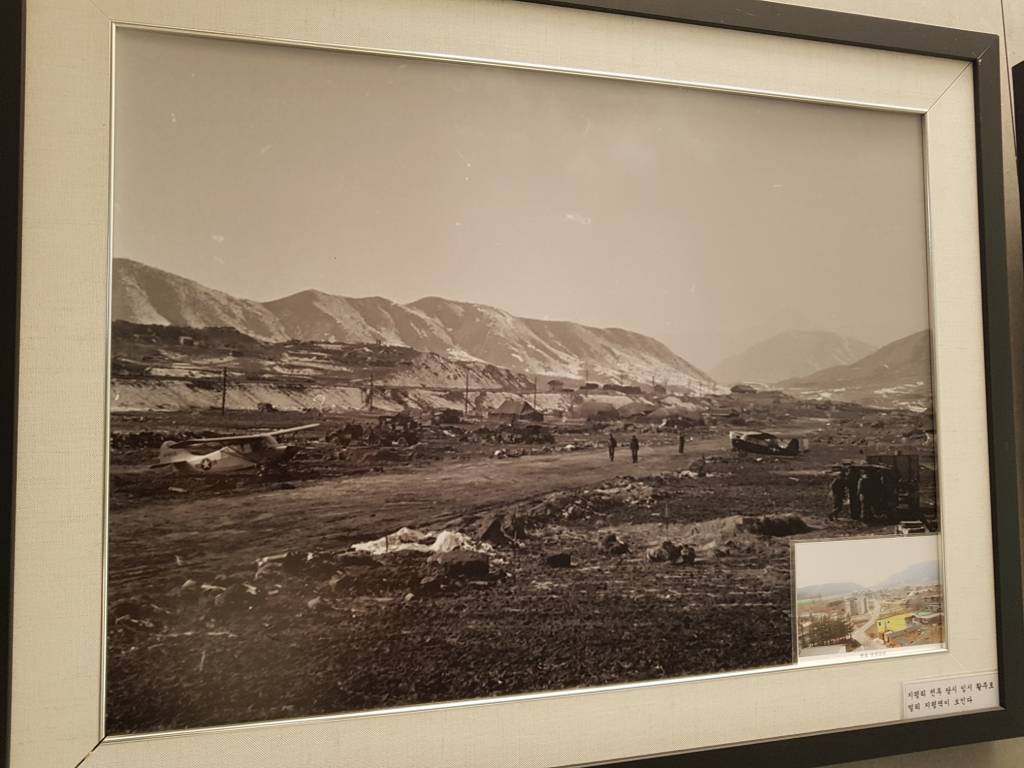
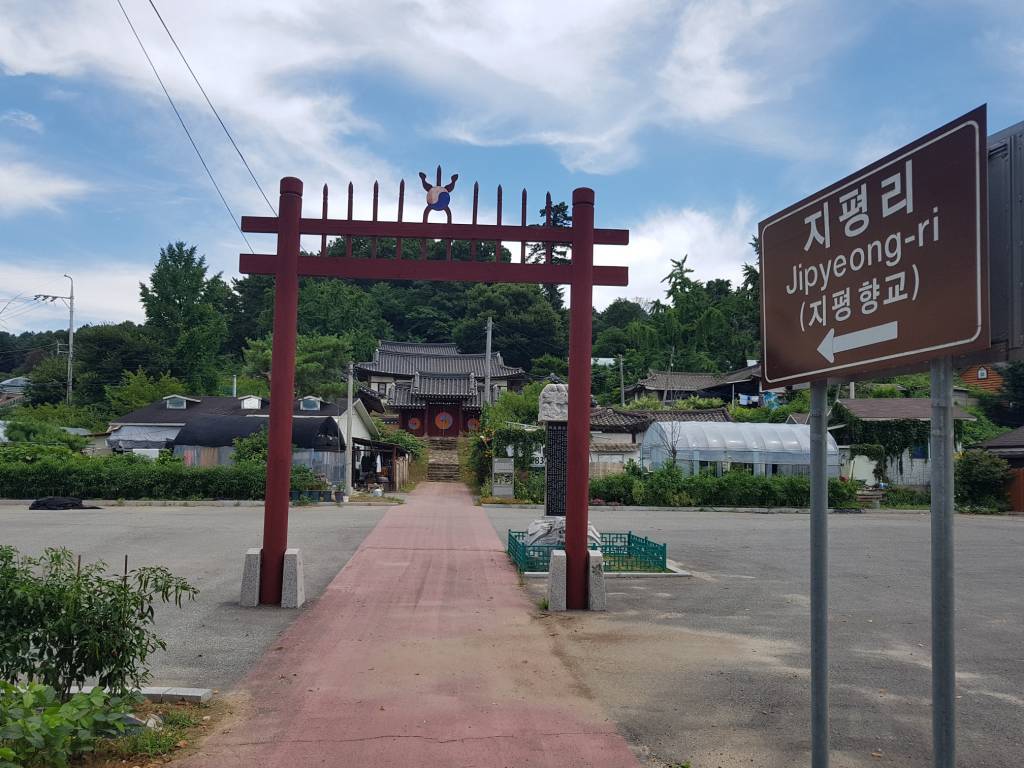
Jipyeong Hyanggyo, the old Confucian school almost next door to the museum and battlefield. 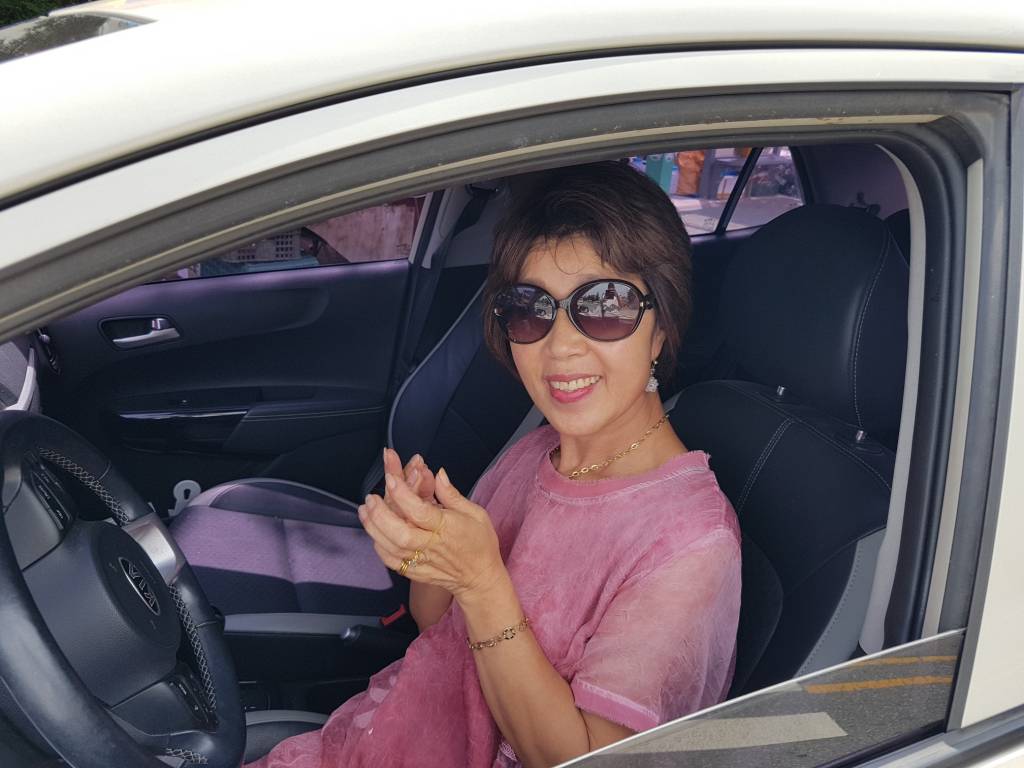
Ms. Lee, owner of chicken shack, says goodbye in Yongmun.

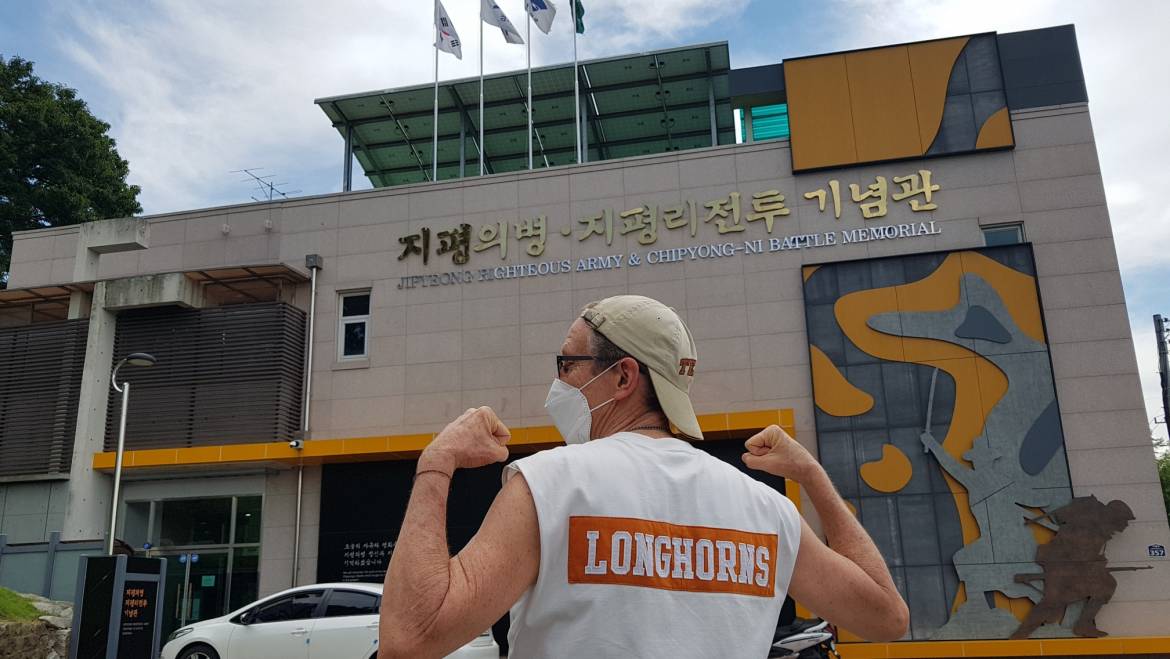
7 Comments
Always thrilled to learn new things and the history of the place you read and traveled. I might not have the chance to visit this place but you took me there through your story and pictures. Thanks for sharing Rich!
Ba Noh, thank you for taking the time to read and make a comment. What you say, that is just what I try to do in these trips and stories.
Wow you could have surpassed traveling compared to an ordinary Koreans as you benchmark historical places …oh my God…Good places to remember as you carry them with you..
Sometimes I envy you with all your guts and glories
Hahahah thanks, Lelen. What you say is true–I have seen far more of Korea than most Koreans. Although it is immodest to say out loud, I know their history better.
You travel a lot and write about Korean history and culture, you should get a medal.Thanks you sharing with us .
The nimble traveler, finds disappointing signage, gets a free meal, tour and ride… you’re incredible at this “winging it” travel-officianatorness. How do you do it? I cannot imagine that you could do this in Texas, especially with your tight schedule. I do not hesitate to say that anyone here in this state of Texas is probably in a hurry…you would not even be on their radar screen… no free meal, tour or ride. I am always amazed at your fact finding trips and all the impromptu arrangements that come together for you. Amazing war history…zero degree weather, overwhelming odds, tenacity to fight… the history is very rich with stories that are thrilling, especially the way you tell them.
Richard:
A wonderful account of your weekend. I learned a lot about the Korean War and Ms. Lee. More than anything, I loved your ‘Longhorns’ shirt as well as the reference to Scott McKenzie. What a great song – I think 1967!
Best,
Rex
Add Comment